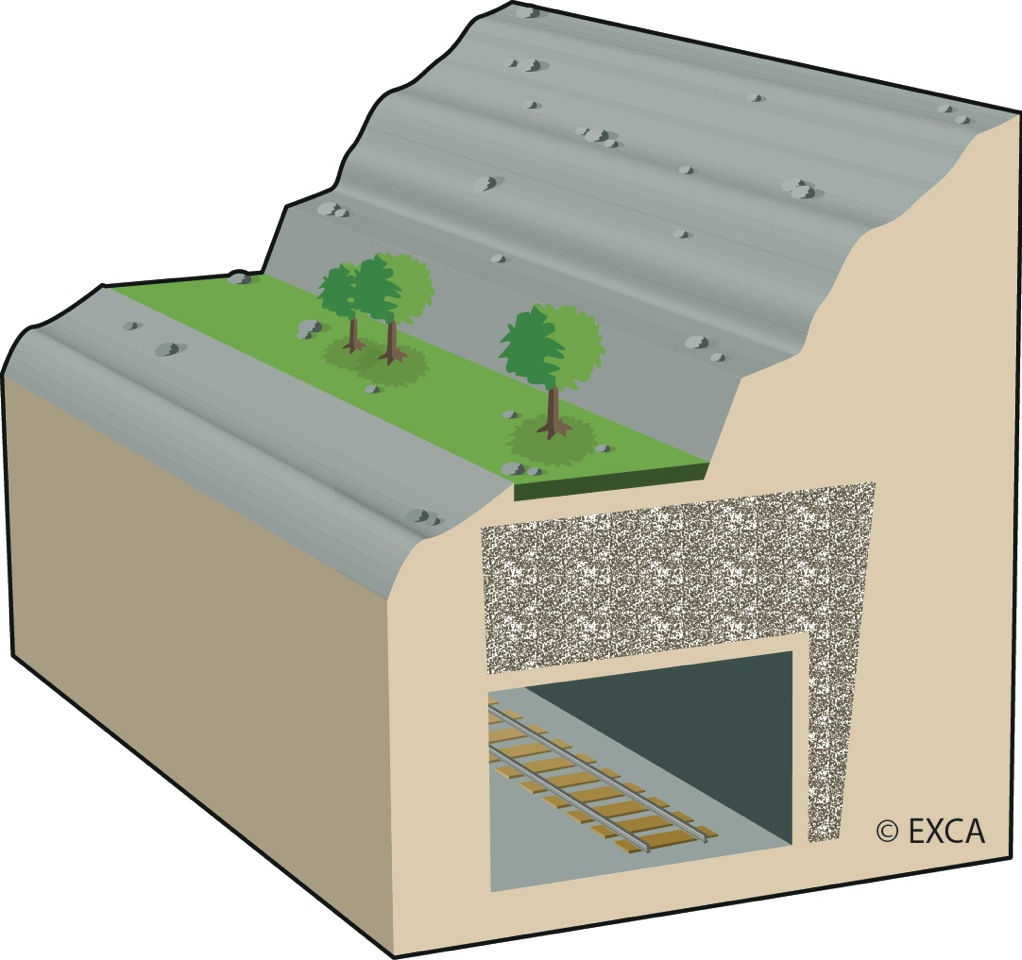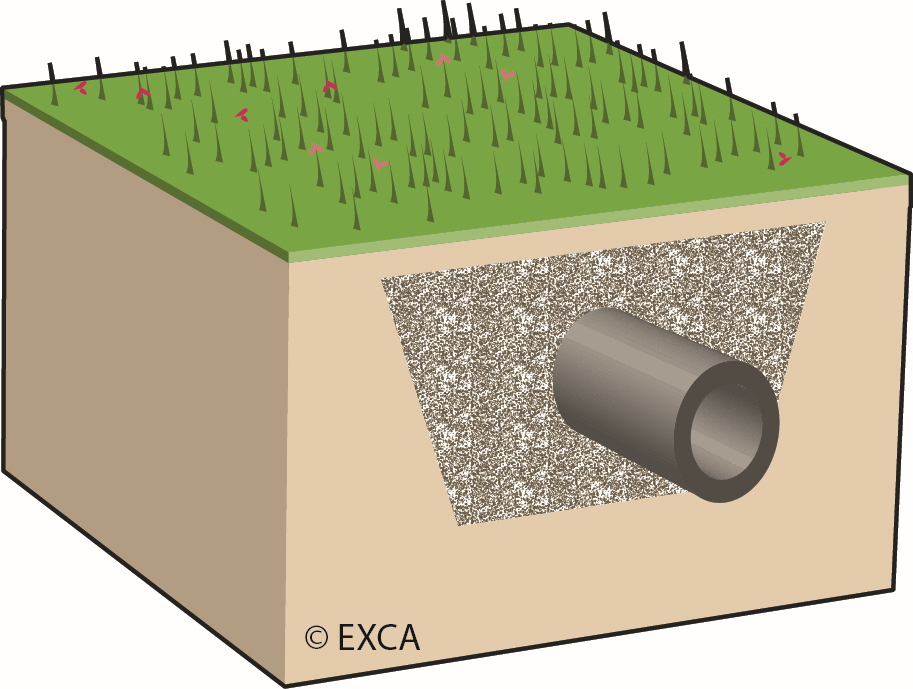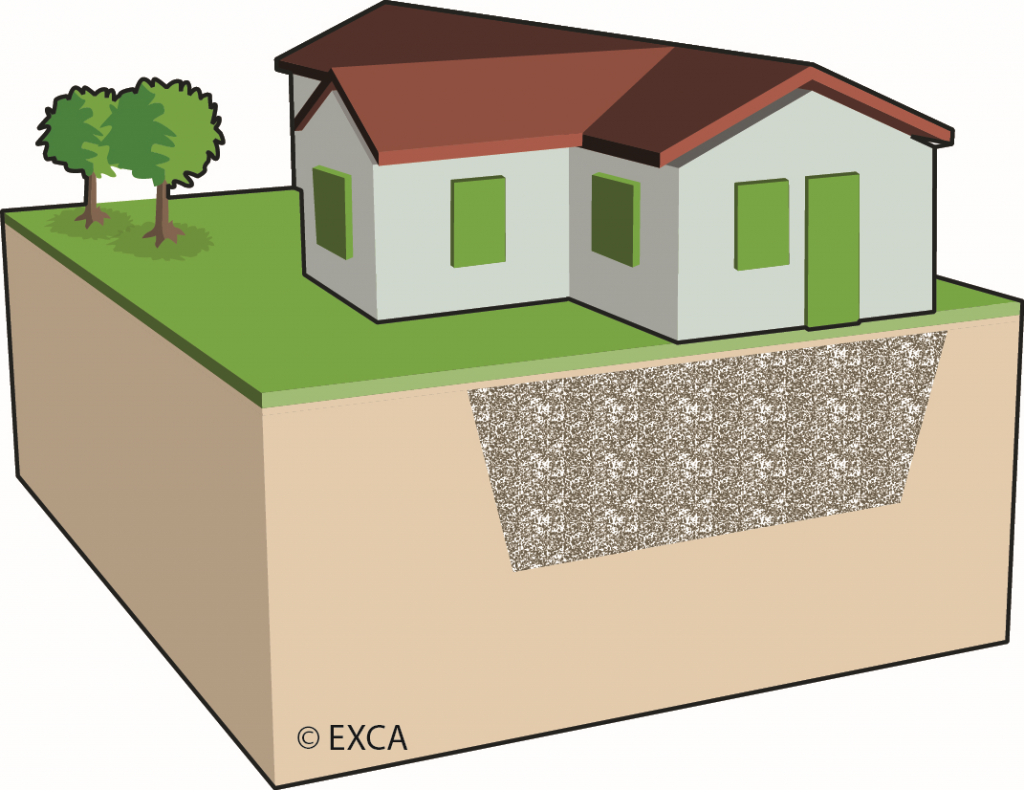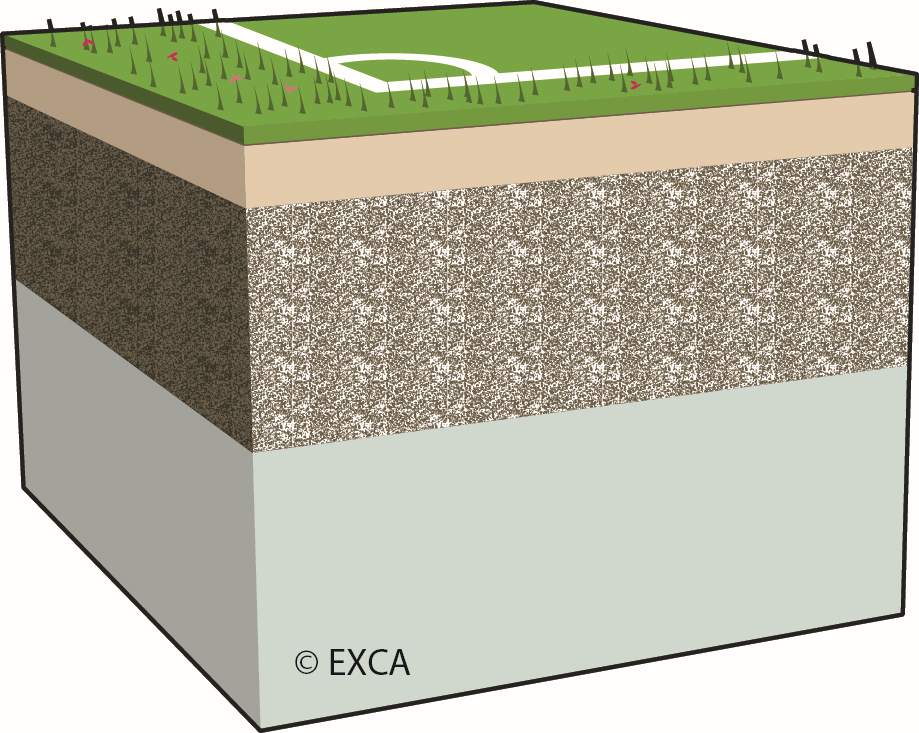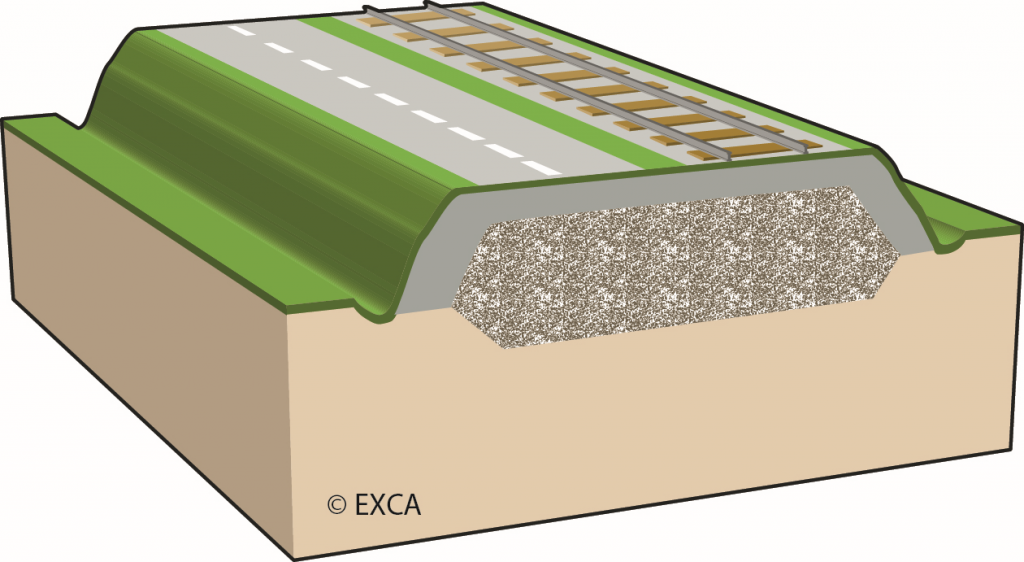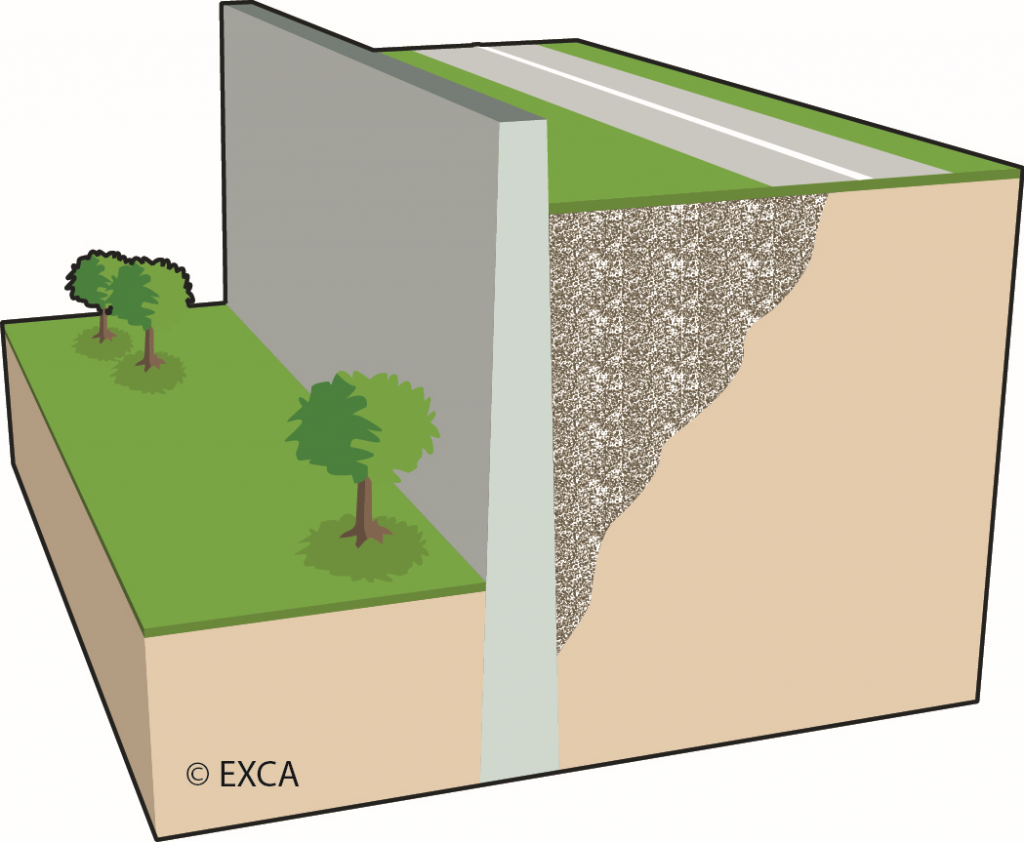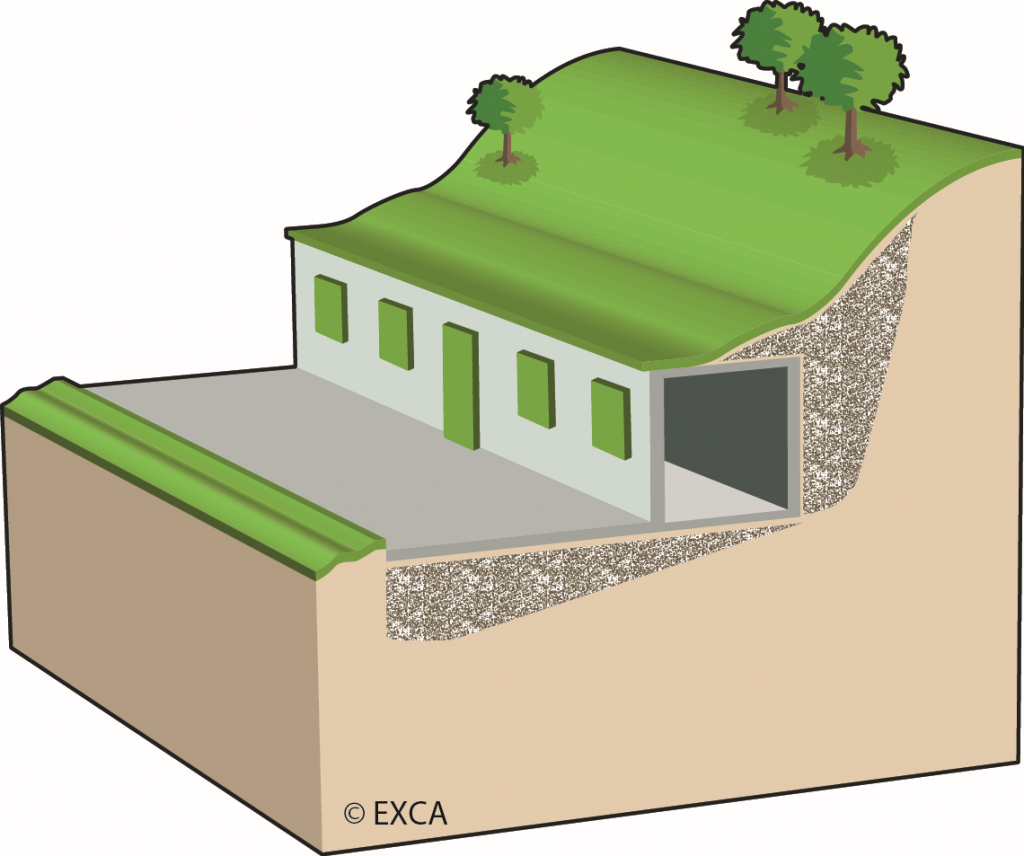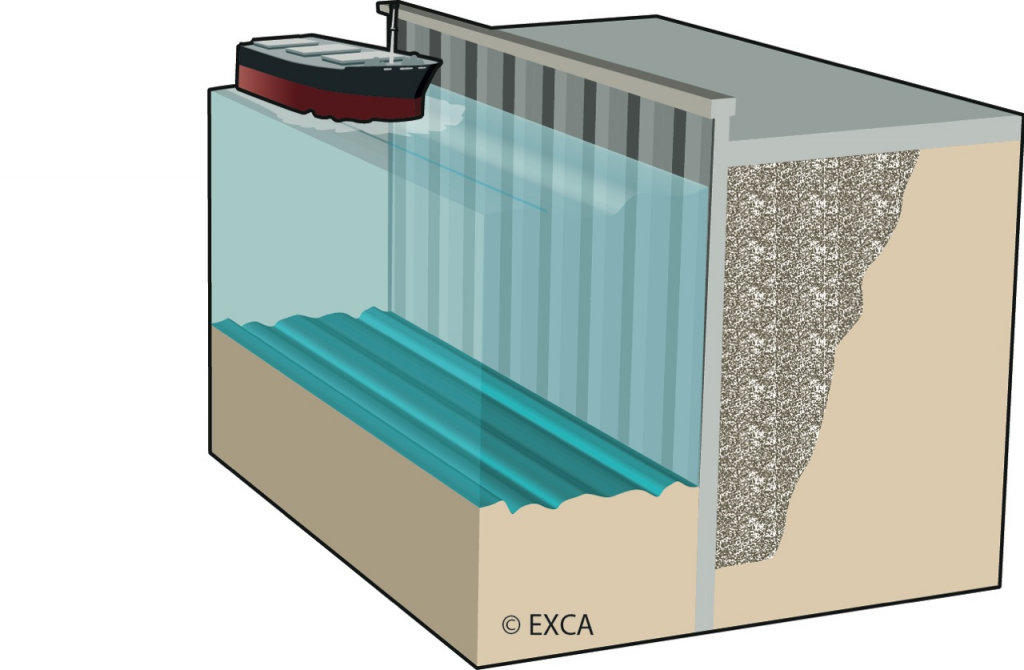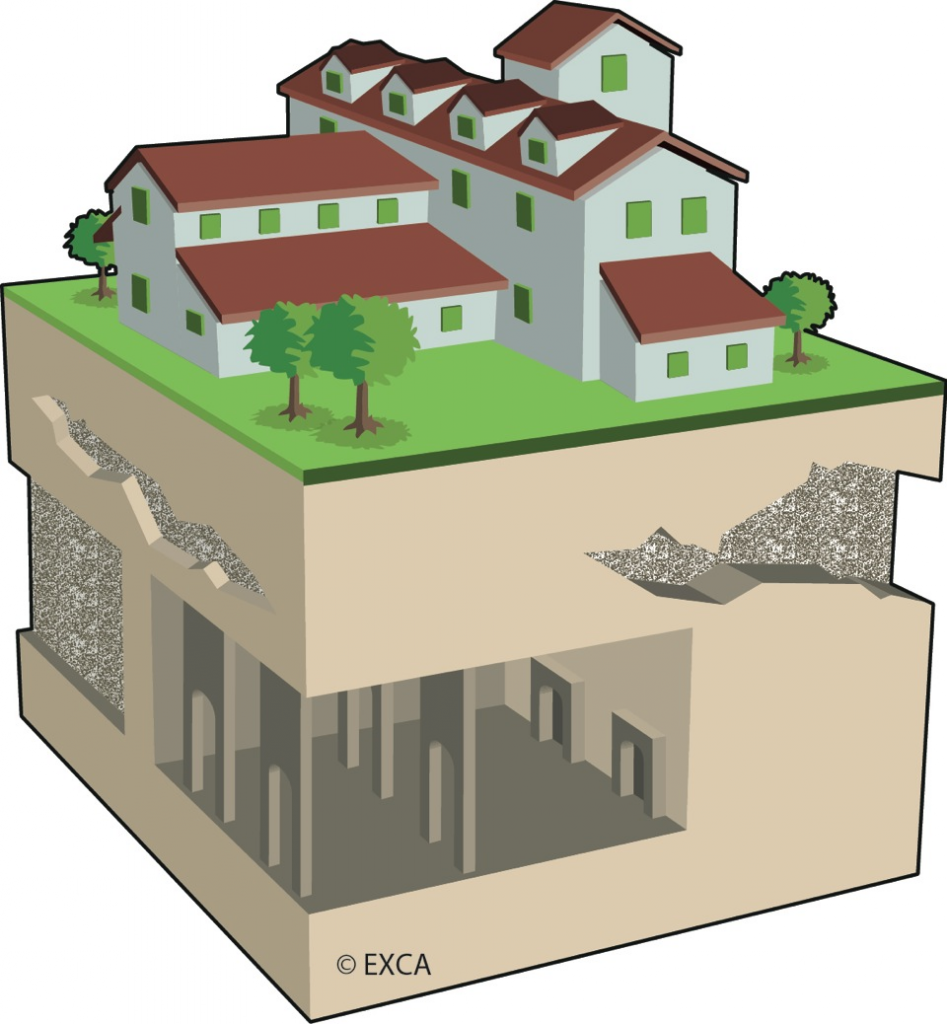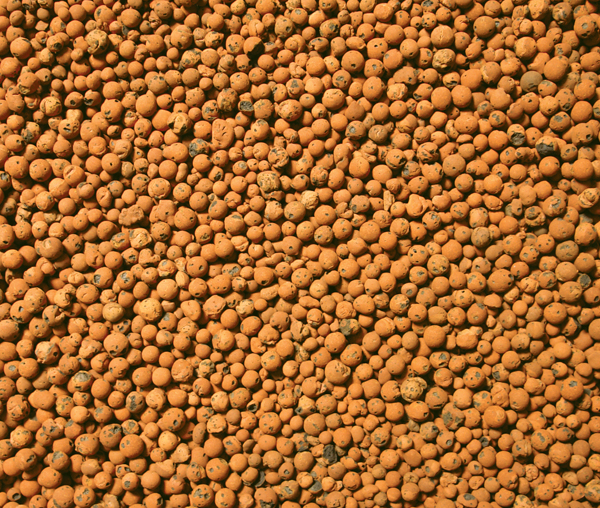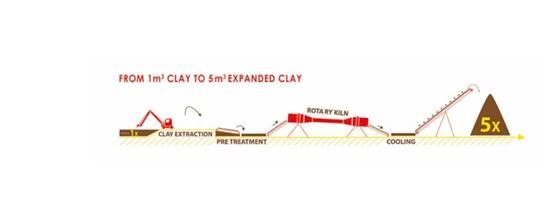Description
Expanded clay is a well-proven, high quality, efficient and durable lightweight aggregate suitable for a wide range of applications in the construction sector. Expanded clay contains various-sized granules, each with a hard ceramic shell that surrounds a honeycomb core.
To produce expanded clay, high temperatures are necessary and the production is therefore energy-intensive. However, it is also resource efficient at the same time with a yield of five cubic meters of expanded clay from just one cubic meter of clay. The clay is extracted from clay pits normally located close to the plants, thus keeping haulage costs and carbon emissions to a minimum.
When properly heated up and given technical specifications are met, the clays expands at temperatures around 1150 to 1200 degrees Celcius. For the expansion reaction process to take place, is it crucial that the correct balance of iron and organic carbon in the feedstock are fed into the kiln. To balance the organic carbon and iron, virgin raw materials such as heavy oils or other minerals can be used. Alternative additives materials include by-products or wastes in different industries, which can also be used as clay expansion additives or clay substitutions.
Added value
- The production of expanded clay is a 24-hours continuous process. Up to 100% of expansion clay additives and 10-15% of virgin clay can be replaced by alternatives materials derived from other industry sectors. Using waste derived from other processes as a raw material in expanded clay production represents a very cost-efficient form of material reuse. Such additives come from oil refineries, vegetable oil producers, bio-diesel, steel production or treatment, industrial waste water cleaning, municipal waste water cleaning, mineral wool and many others.
- The main added value is the reduction of virgin raw material use, very often linked with emission reduction (ref. EPD), as well as waste from specified industry sectors.
Challenges
- The main challenges for expanded clay reuse and recycling are the internal technical requirements of the expanded clay installations, which depend on the properties of the raw clay used. Additional testing is required, which necessitates further investments, sometimes at high costs, for the feeding and dosing equipment improvement.
- By far the biggest regulatory challenge is the complexity and often inconsistency of EU, national and local waste regulation (especially regarding the implementation of the Waste Framework Directive), which can lead to conflicts of interpretation between the installations and the local authorities.
- The main areas of potential conflict are the definition and interpretation of waste and non-waste status. Additionally, the use of waste (from other industries) as by-products in expanded clay production, which is considered material recovery, is often not encouraged if not outright opposed by local authorities.
